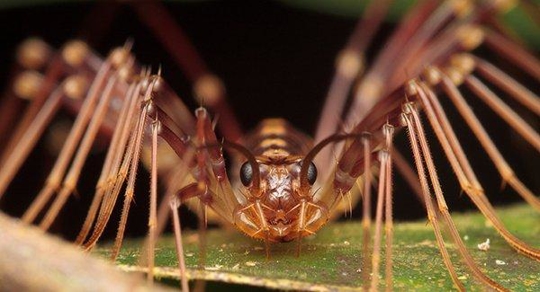Pests make Connecticut homes uncomfortable. At any given moment, they can startle you with their sudden appearance or, worse, crawl on you or sting you. And pest infestations are frustrating as many pests are hard to keep away or get rid of. What’s often uncertain to homeowners is the danger level of each insect or creature. Some are harmless, like ladybugs. Others can send you to the hospital, like certain spiders. In any case, pests are not welcome indoors.
Small, slithery, worm-like centipedes carry their own risks and troubles. It would be helpful to understand how they operate so you can know how to ward them off. In addition, you can find out how Big Blue Bug Solutions will come to your rescue, should things get out of hand with this species.
How Do Centipedes Look & Behave? What Are the Risks?
Centipedes have flat, segmented bodies that range in size and color. They can be less than 1 inch long, or reach 5 inches. Some are yellow or white, but most are brown or red-orange. Their name comes from having many legs, from 15 to 177. Lengthy antennae are at their crowns. Carnivorous and venomous, they hunt for spiders, worms, and vertebrates at night. They utilize their claws to capture prey and inject them with debilitating toxins.
The ideal environment for a centipede is a dark and moist place. Given this, they’ll hang out in laundry rooms, bathrooms, and kitchens to be near tubs, sinks, and drains. Attics, basements, and closets are also hubs for these creatures. If they are outdoors, they’ll nest and drop eggs in wet soil.
Since centipedes are nocturnal, seeing them during the day is a clear sign you have an infestation. Further, their presence suggests other pests are creeping around your property too. After all, fellow critters are a big part of a centipede’s diet. The main problems that come with centipedes are:
- Being bitten by them and experiencing mild pain
- Skin irritation from coming in contact with or being bitten by them
- Having hard-to-remove stains on surfaces and fabrics when they’re smashed.
What Can You Do to Prevent Centipedes?
To make your property less appealing to centipedes, initiate routine cleaning practices. Also, engage in proper landscaping and building maintenance:
- Get leaks and moisture issues repaired
- Make sure your outside air vents and gutters stay clean.
- Utilize dehumidifiers.
- Reduce your clutter, and avoid stacking stored items along walls.
- Vacuum on a regular basis.
- Seal gaps and openings around foundations, doors, and windows.
- Groom your greenery, and place it a few feet from your property.
- Maintain your lawn and remove decaying organic matter, like dead leaves.
- Keep pet houses and outdoor storage units neat.
- Contact Big Blue Bug Solutions if you have pests that centipedes consume, such as spiders.
What Can Big Blue Bug Solutions Do About Centipedes?
It can be difficult to eliminate centipedes independently because of their size and nighttime activities. But that's okay. Big Blue Bug Solutions can do all the heavy lifting for you. Our licensed and insured team of technicians has the specialized expertise to locate centipede hot spots. They’ll address and treat the areas in question with safe and eco-friendly products. Rest assured, we will provide affordable services, complete with recurring visits. We’ll take care of your centipede problem. Call us today!

